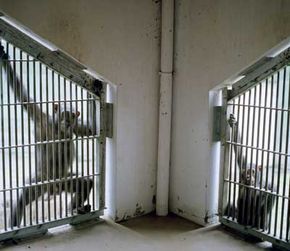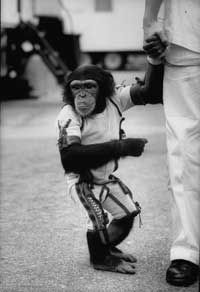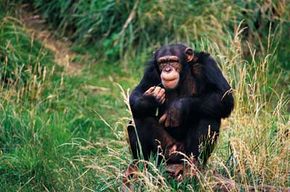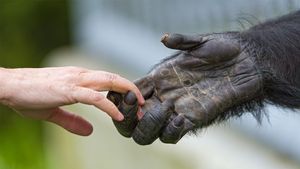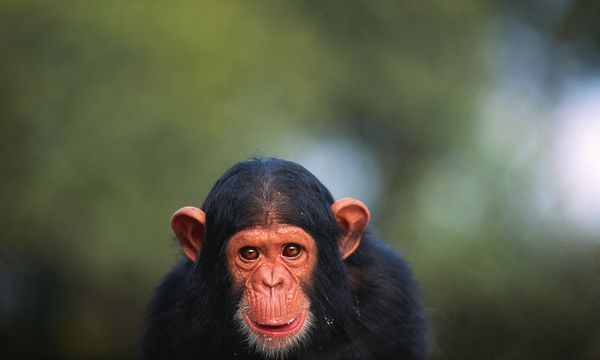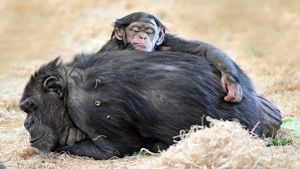If a chimpanzee could pick anywhere in the world to live, Spain would be a wise choice these days. Not only is it a quick trip to their native Africa, but the country's parliament voted in June 2008 to support the tenets of the Great Ape Project. The nonprofit organization lobbies on behalf of great apes (chimps, gorillas, bonobos and orangutans) for their right to life, protection of individual liberty and prohibition of torture. Once the Spanish government's decision becomes law, apes cannot be held captive in circuses, for instance, or for medical testing [source: O'Carroll].
Concern regarding the ethical treatment of animals in scientific experimentation stretches back way before PETA got its start in 1980. In 1789, philosopher Jeremy Bentham questioned whether animals possess the capacity for suffering, and Great Britain later passed its first anti-cruelty law in 1822 [source: Anderson et al]. Not long after, the American Society for the Prevention of Cruelty to Animals was started across the pond in 1866.
Advertisement
Monkey Image Gallery
Amid the multitude of moral questions raised about dissecting and injecting animals in the name of scientific advancement, those concerning chimpanzees have sparked particular controversy. In the animal kingdom, you can't get closer to humans than chimpanzees since we share around 99 percent of the same DNA. For proponents of animal testing, that genetic proximity makes chimps prime "human models" to help find cures for the viruses and diseases that plague us. On the other hand, because they exhibit remarkably human traits, opponents believe testing and captive research represent forms of cruel punishment.
Chimpanzee research in the United States began with psychobiologist Robert M. Yerkes in the 1920s. Yerkes was interested in learning more about nonhuman primate behavior because of primates' close genetic relationship to humans. Yerkes' groundbreaking research, sponsored by Yale University, largely focused on observing the behavioral and reproductive practices of the apes living in his primate colony in Orange Park, Fla [source: Yerkes National Primate Research Center].
But in the 1940s, the research at Yerkes Primate Research Center changed from behavioral to biomedical studies, ushering in the period of chimpanzee medical testing.
Advertisement
